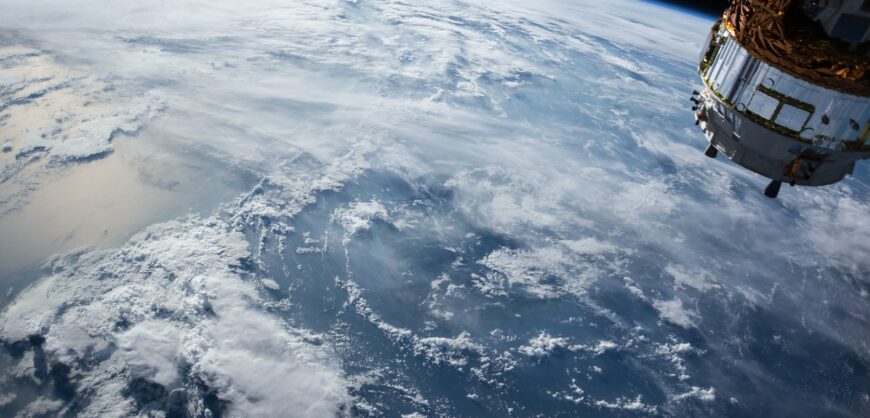A revival of space missions and a growing market for satellites mean that the amount of space junk circling Earth is increasing as well. The recent collision of an ISS robotic arm with a piece of space debris serves as a reminder of the growing problem. The Canadian Space Agency, who operates the arm, publicized the damage Friday. The impact created a hole in the arm’s thermal cover, but it remains operational, CSA said.
While the piece that hit the ISS was below the threshold for monitoring, more than 23,000 space objects of the size of a softball or above are currently known to exist in orbit. While some are in use, like satellites, a majority can be classified as space junk. This includes old rocket stages, space mission components that on purpose or accidentally remained in space and other artificial debris that was created by collisions, breakups or explosions.
Data from the General Catalogue of Artificial Space Objects, curated by Jonathan McDowell, shows how payload objects – typically satellites – have entered orbit at increasing numbers in the past couple of years as the sector has been booming. The number of space junk objects has been growing at an even faster rate, however.
The graph includes objects listed in the database’s standard and auxiliary catalogues and orders objects for the year they entered their current orbit stage – typically their launch date, but at times also their separation date if the object in question got lost at a later stage or was created by a breakup. The database lists more than 58,000 space objects from 1958 onwards, out of which around 23,000 remain in orbit.
source statista
You will find more infographics at Statista


































